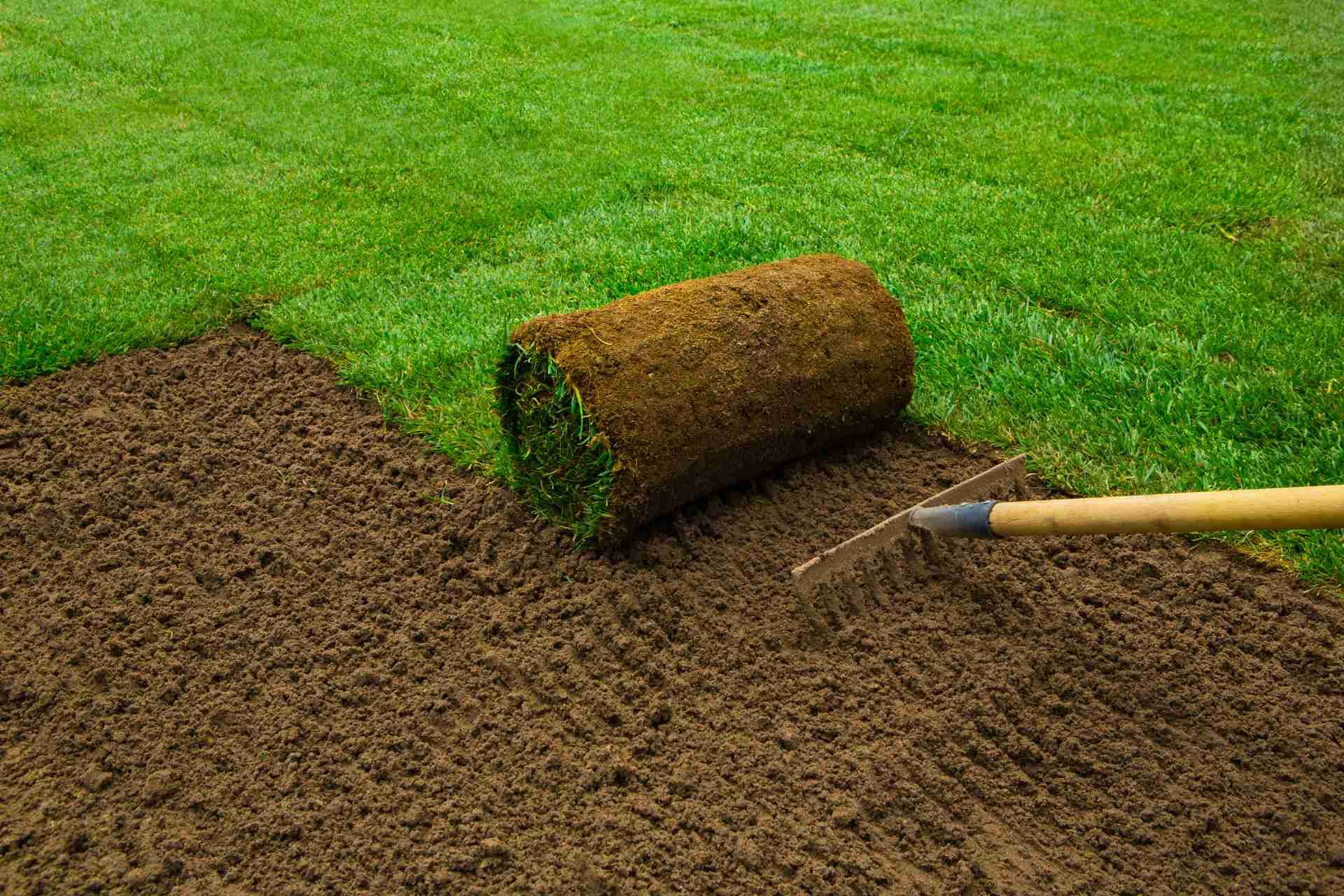Why is Soil Testing Important Before Sod Installation

Before you lay down sod, it's essential to understand the soil beneath it. Soil testing reveals important details about its composition, pH levels, and nutrient status, which can significantly impact your sod's success. Knowing what's going on below the surface helps you make informed decisions about amendments and care. But what happens if you skip this crucial step? The answer could determine the health and longevity of your new lawn.
Understanding Soil Composition
Soil is the foundation of any successful sod installation, and understanding its composition is crucial. You need to know what type of soil you're working with, as it directly affects root growth and nutrient availability.
Take a close look at the soil texture, which can be sandy, clayey, or loamy, to determine how well it drains and retains moisture. Conducting a soil test will reveal essential information about its organic matter, minerals, and particle size.
This knowledge helps you make informed decisions about amendments or treatments needed to improve the soil. By ensuring your soil has the right balance of nutrients and structure, you set the stage for a lush, thriving sod that can withstand environmental stresses.
The Role of Ph Levels
Understanding pH levels is essential for achieving optimal sod growth, as they influence nutrient availability and microbial activity in the soil.
The ideal pH range for most grasses is between 6.0 and 7.0. If your soil falls outside this range, you might face challenges with nutrient absorption.
For instance, acidic soils can hinder the availability of essential nutrients like nitrogen and phosphorus, while alkaline soils can affect iron and manganese uptake.
Testing your soil's pH will help you determine whether you need to amend it with lime to raise the pH or sulfur to lower it.
Identifying Nutrient Deficiencies
After addressing pH levels, it's important to check for nutrient deficiencies that can hinder sod establishment. Nutrients like nitrogen, phosphorus, and potassium are crucial for healthy grass growth. A soil test can reveal if these essential elements are lacking.
If you find deficiencies, you'll want to amend your soil accordingly. For instance, adding nitrogen boosts leaf growth, while phosphorus supports root development. You can also incorporate organic matter or specific fertilizers based on the test results.
Assessing Soil Structure and Compaction
How can you ensure your sod thrives in the long run? Assessing soil structure and compaction is key.
You'll want to dig a small hole about 12 inches deep to examine the layers. Look for signs of hardpan, which can restrict root growth and water infiltration. If the soil feels overly compacted, it's crucial to aerate before laying sod.
Aeration helps relieve compaction, allowing roots to penetrate more easily and access nutrients and moisture. Additionally, check the soil texture; sandy soils drain quickly while clay soils retain water.
Understanding these factors will help you create a healthy environment for your new sod. Remember, a solid foundation in soil structure leads to vibrant, lush grass that lasts.
Detecting Contamination Issues
Before laying sod, it's essential to check for contamination issues that could hinder its growth. Contaminated soil often contains harmful substances like heavy metals, pesticides, or petroleum products. These contaminants can prevent your sod from thriving and may even pose health risks.
Conducting soil tests will help you identify these potential problems early on. Look for signs of contamination, such as unusual odors, discoloration, or dead vegetation.
If you suspect contamination, it's crucial to consult with a professional who can provide guidance on remediation. Addressing these issues before installation ensures your sod has the best chance to establish itself and flourish, ultimately leading to a lush, green lawn you can enjoy for years to come.
Making Informed Amendments and Care Decisions
Once you've identified the condition of your soil through testing, you can make informed amendments and care decisions that will enhance your sod's growth.
If your test reveals nutrient deficiencies, you can apply the right fertilizers to boost essential elements like nitrogen, phosphorus, and potassium.
Adjusting soil pH might also be necessary; lime can raise pH, while sulfur can lower it, creating an optimal environment for your sod.
If drainage issues are present, consider adding organic matter or sand to improve soil structure.
Regular testing after installation allows you to monitor changes, ensuring your sod gets exactly what it needs as it establishes.
Conclusion
In conclusion, soil testing is essential before you lay down sod. By understanding your soil's composition, pH levels, and nutrient status, you can make informed decisions that promote healthy growth. Assessing soil structure helps ensure proper drainage, while detecting contamination issues protects your investment. By taking these steps, you set your sod up for long-term success, creating a vibrant and resilient landscape that you can enjoy for years to come. Don't skip this crucial step!








